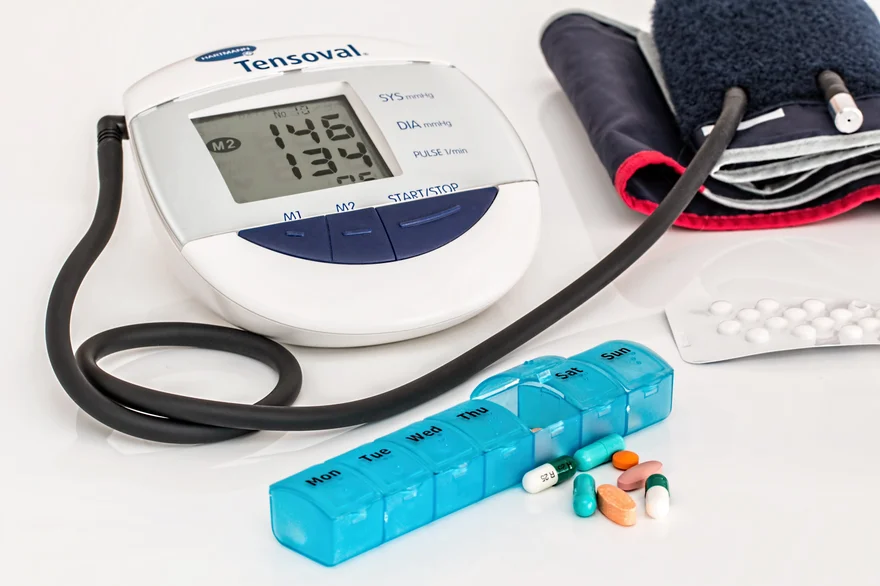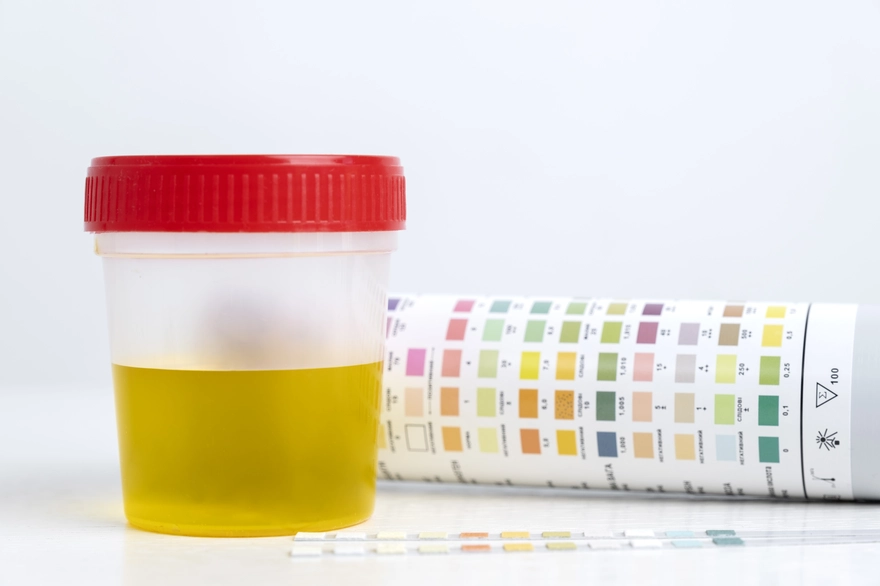Nutrition
Metropolis Healthcare reports Ovarian Cancer Data
2459 Views
0

Mumbai May 7, 2015: Ovarian cancer has emerged as one of the most common cancer affecting women in India. An analysis of samples collected over the past two years (2013-2014) by Metropolis Healthcare Ltd reveals that a total of 7945 tested positive for high CA125 levelsout of the 36,515samples processed at Metropolis Healthcare in Mumbai.
According to Indian Journal of Cancer, 1 out of 5 women are prone to ovarian cancer. The majority of ovarian cancers arise from the epithelium (outer lining) of the ovary. 9 out of 10 ovarian cancers are epithelial ovarian cancers.A host of factors affects female ovaries such as family history, age, obesity, fertility drugs, personal history and hormone replacement therapy (HRT). Ovarian cancer is a highly aggressive cancer and is one of the leading causes of women’s death. It is an important cause of morbidity and mortality, especially in the middle aged women. Development of cancer cells in ovary accounts for about 4% per cent of all cancers in women.Certain inherited gene changes (mutations) can increase the risk of ovarian cancer. These include changes in the BRCA1 and BRCA2 genes. If you have inherited a mutation of one of these genes from either parent, your chances of getting breast and/or ovarian cancer increases.
Ovarian cancer is difficult to pick up as symptoms like abdominal pain, persistent bloating and difficulty while eating are extremely common conditions in the disease.Accurate ways to detect ovarian cancer early could have a great impact on the cure rate. If a woman has these symptoms more than 12 times a month, she should see her doctor, preferably a gynecologist.
Cancer Antigen – 125 test or popularly known as CA-125, assesses the concentration of this protein in the blood.Doctors may suggest a CA-125 test if they suspect ovarian cancer, endometrial, peritoneal or fallopian tube cancer. CA – 125 is a screening and monitoring test marker. However CA-125 has a low specificity & positive predictive value as it can be elevated in other cancers involving pancreas, breast, bladder, lung, and liver & in benign conditions like diverticulitis, endometriosis, pelvic tuberculosis, pleural effusion. Combining other detection methods like transvaginalsonography and rectovaginal pelvic examination increases the accuracy of detecting ovarian cancer. A CA-125 test result of greater than 35 U/ml is generally accepted as being elevated.CA125 test is one of the first tests doctor orders if he suspects early symptoms of Ovarian Cancer.
In an analysis of data of over 2 years (2013-14), Metropolis Healthcare has analyzed the risk of ovarian cancer in Mumbai
Of all the 7945 samples that tested abnormal, the following is the pattern of abnormality within age groups
Commenting on the study, Dr.DeepakSanghavi, Deputy Chief of Lab Services, Metropolis Healthcare said “In ovarian cancer, cells in the ovary start to change and grow abnormally. If the cancer isn’t identified at an early stage, it can spread to the abdomen and pelvis, including other parts of the female reproductive system. Women who have their first full-term pregnancy after age 35 or who never carried a pregnancy to term have a higher risk of ovarian cancer.Breastfeeding may lower the risk even further. Fertility drugs with no outcome or hormone therapy after menopause is also linked to the disease. Mutations in BRCA1 and BRCA2 are also responsible for most inherited ovarian cancers.”
Several advances in biomarker discovery and development have now led to additional tools that may be useful in the clinical management of women with adnexal masses, with recent FDA approval of Risk of Ovarian Malignancy Algorithm index popularly known as ROMA index gives a fair indication for the risk of ovarian cancer in pre- and post-menopausal women with a pelvic mass.The ROMA test is intended for use in women who meet the following criteria such as over 18 years of age, have an ovarian mass, surgery is planned or not yet referred to an oncologist
(Source: Indian Journal of Cancer, American Cancer Society)
*CA-125 (Reference range: All values between 0-35 U/ml is considered normal and values above 35 are out of the normal range. Clinical correlation is suggested























 WhatsApp
WhatsApp